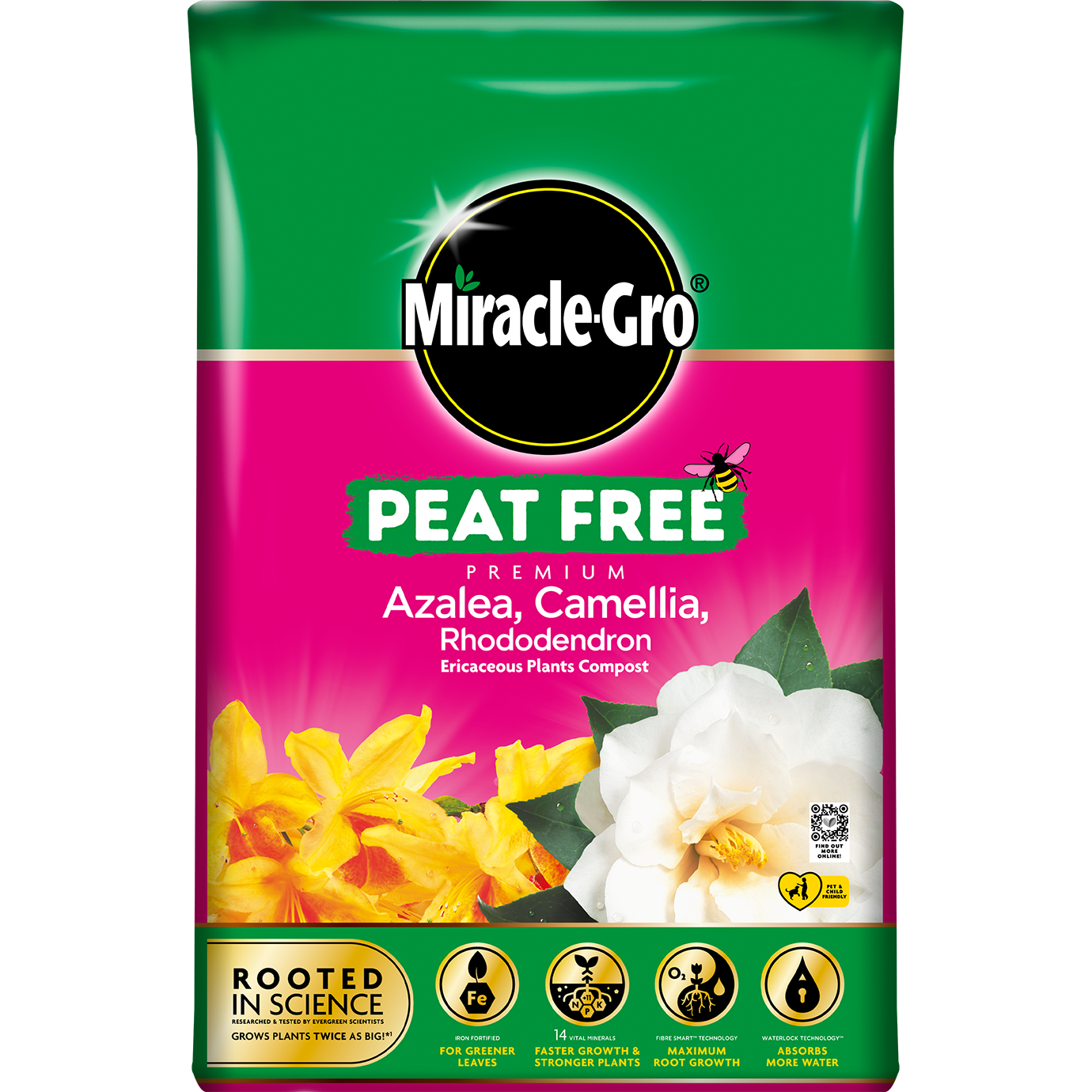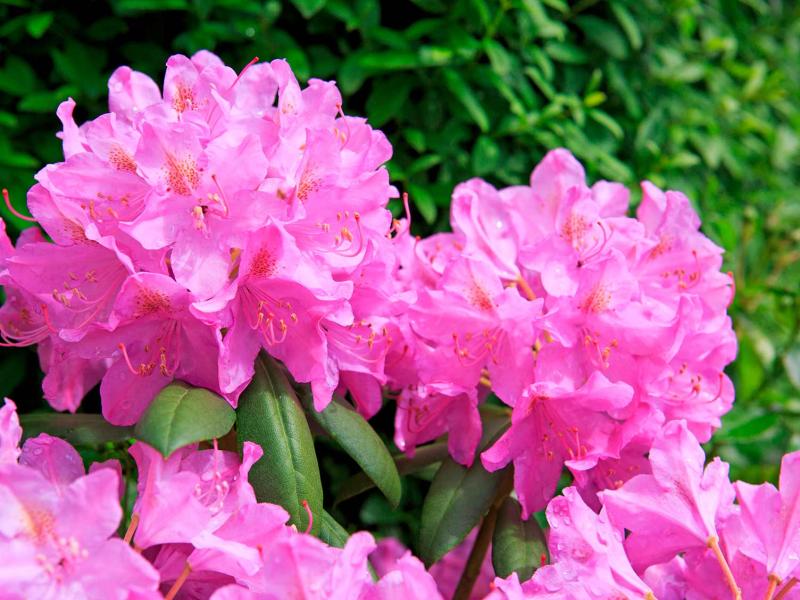The Ultimate Guide To Growing Ericaceous Plants
The Ultimate Guide to Growing Ericaceous Plants
Ericaceous plants, also known as acid-loving plants, are a diverse group of plants that thrive in acidic soil with a pH of 4.5 to 6.0. Some of the most popular ericaceous plants include rhododendrons, azaleas, camellias, and heathers.
Growing ericaceous plants can be a rewarding experience, but it's important to understand their specific needs in order to give them the best chance of success. In this guide, we will discuss everything you need to know about growing ericaceous plants, from choosing the right location to providing the proper care.
Choosing the Right Location
The first step to growing ericaceous plants is to choose the right location. Ericaceous plants prefer partial shade to full shade, and they should be protected from hot, drying winds. If you live in a hot climate, you may need to provide additional shade for your ericaceous plants.
The soil pH is also important for ericaceous plants. The ideal pH range for ericaceous plants is 4.5 to 6.0. If your soil is alkaline, you will need to amend it with peat moss or sulfur to lower the pH.
Planting Ericaceous Plants
Once you have chosen the right location and prepared the soil, you can plant your ericaceous plants. When planting, make sure to dig a hole that is twice as wide as the root ball of the plant. Backfill the hole with amended soil, and water the plant thoroughly.
Caring for Ericaceous Plants
Ericaceous plants need regular watering, especially during the first year after planting. Water your plants deeply and infrequently, and avoid letting the soil dry out completely. You may also need to mulch around your plants to help retain moisture.
Ericaceous plants do not need to be fertilized often. A light application of an ericaceous fertilizer in the spring will help to keep your plants healthy and blooming.
Overwintering Ericaceous Plants
In cold climates, ericaceous plants may need to be protected from the cold. You can do this by covering your plants with a burlap sack or evergreen boughs. You may also need to bring some ericaceous plants indoors for the winter.
Troubleshooting Ericaceous Plant Problems
If your ericaceous plants are not thriving, there are a few possible problems. One possibility is that the soil pH is not acidic enough. Another possibility is that the plants are not getting enough water. Finally, ericaceous plants can be susceptible to pests and diseases. If you suspect that your plants have a problem, it is best to consult with a professional gardener.
Conclusion
Growing ericaceous plants can be a rewarding experience, but it is important to understand their specific needs in order to give them the best chance of success. By following the tips in this guide, you can enjoy beautiful ericaceous plants in your garden for years to come.
Ericaceous plants are a group of flowering plants that are native to acidic soils. They are found in a variety of habitats, including forests, bogs, and heathlands. Some common ericaceous plants include blueberries, cranberries, rhododendrons, and azaleas.
If you are interested in learning more about ericaceous plants, I recommend visiting the website Garden Wiki. This website is a comprehensive resource for information on ericaceous plants, including their taxonomy, ecology, and cultivation. You can also find a variety of articles and videos on the website that explore the different aspects of ericaceous plants.
I hope you find this information helpful!
FAQ of ericaceous
Q1: What are ericaceous plants?
A: Ericaceous plants are a group of plants that prefer acidic soil. They include rhododendrons, azaleas, camellias, heathers, and blueberries. These plants are found in a variety of habitats, including bogs, forests, and mountain slopes.
Q2: What is ericaceous soil?
A: Ericaceous soil is acidic soil that is ideal for growing ericaceous plants. It is low in lime and has a pH of 4.5-6.0. Ericaceous soil can be created by adding peat moss, pine bark, or other acidic materials to the soil.
Q3: How do I care for ericaceous plants?
A: Ericaceous plants need acidic soil, regular watering, and partial shade. They should be fertilized with an acidic fertilizer once a year in the spring. Ericaceous plants are susceptible to pests and diseases, so it is important to inspect them regularly and treat any problems promptly.
Q4: Where can I buy ericaceous plants?
A: Ericaceous plants can be bought at most garden centers. They are also available online from a variety of retailers.
Q5: How do I transplant ericaceous plants?
A: Ericaceous plants should be transplanted in the spring or fall. When transplanting, it is important to use acidic soil and to water the plant regularly. The plant should be transplanted to a pot or bed that is the same size as the root ball.
Image of ericaceous
- Azaleas are a type of ericaceous shrub that are known for their colorful flowers. They are often grown in gardens and parks.

- Camellias are another type of ericaceous shrub that are known for their beautiful flowers. They are often grown in warm climates.

- Ericas are a type of ericaceous shrub that are native to South Africa. They are known for their evergreen leaves and colorful flowers.

- Rhododendrons are a type of ericaceous shrub that are known for their large, showy flowers. They are often grown in gardens and parks.

- Vincas are a type of ericaceous vine that are known for their trailing stems and blue or purple flowers. They are often grown in hanging baskets or as groundcovers.
Post a Comment for "The Ultimate Guide To Growing Ericaceous Plants"